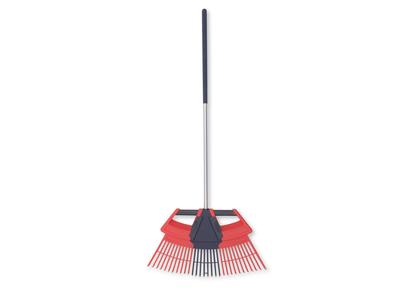
Methods of Weed Control
Warm damp soils of September can get the weeds growing with gusto. It can also be a key time to catch weeds before they seed everywhere. In our fairly mild and damp climate, weeds establish and grow throughout winter. Having a good strategy in place year-round is vital for preventing weeds run amok on your plot. Weeds are simply plants in the wrong place, and completely a matter of opinion. There is now a much wider appreciation of wildflowers, and many people embrace wild plants that arrive and grow in their garden without our help.
Methods of weed control work in two different ways;
- Proactive – Suppressing weed germination and growth
- Reactive – Kill and/or remove existing weeds
Generally, a variety of methods are employed as part of an ongoing weed control strategy.
Mulching aims to smother seedlings and bury dormant seeds away from light, leaving a surface too coarse and dry for germination. A thick layer of coarse wood-chip or gravel works best. Remove perennial weeds before laying the mulch.
Covering soil with opaque sheeting such as black polythene prevents weed growth by preventing light reaching the soil or vegetation beneath. Some perennial plants can take 2+ years to die.
Landscaping materials can be chosen according to their resistance to weed growth; for example, block paving paving with sand-filled joints will be much weedier than gravel laid over a hardcore base.
Repeatedly mowing perennial weeds such as marestail or bindweed will eventually kill them, therefore turning an affected area to lawn for some years can be very effective for eradicating these really problematic weeds.
Evergreen groundcover plants can be used to cover an area and leave no opportunity for weed growth. Make sure the area is clear of perennial weeds, as things like bindweed will grow up through.
Grazing animals can help you weed. For example, sheep browse tree saplings and seedlings, while pigs can be used to clear bracken and goats will clear brambles.
Hand weeding. This can be highly labour intensive but offers the highest level of precision, provided the person can identify which plants are the weeds. Shallow rooted and annual weeds can generally be pulled easily by hand, while a fork can be used to free-up deeper rooted weeds and those with rhizomes.
Digging over or rotavating kills or suppresses weeds by burying or damaging them. However, the splitting of rhizomes by a rotavator can propagate some rhizomatous weeds, worsening the problem.
Hoeing is very effective for killing young seedlings by uprooting them and severing their roots. Ideally the hoe is sharp and works in both directions. Use frequently in warm dry conditions so seedlings wilt before they can regrow.
Wire brushing is effective for scratching out seedlings from cracks in paving and cobble paths.
Systemic herbicides can be highly cost-effective if used carefully. The most common are based on glyphosate. Reading and abiding by the product label is essential when using any chemical products.


